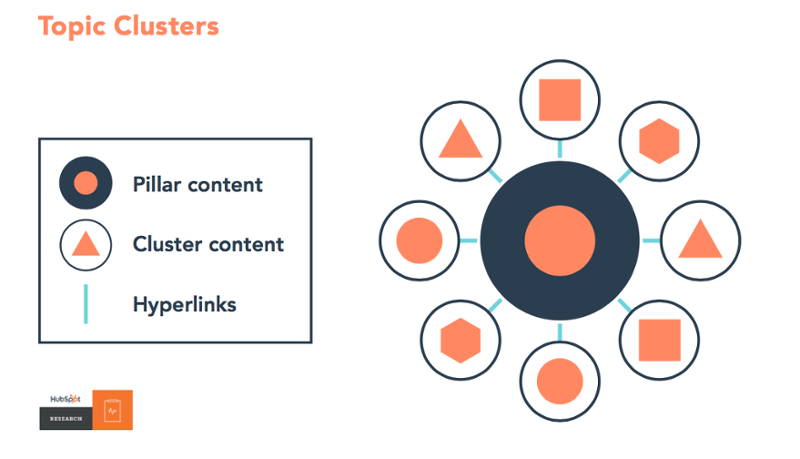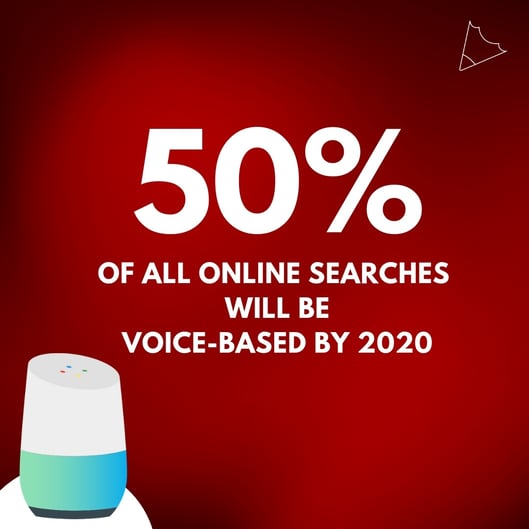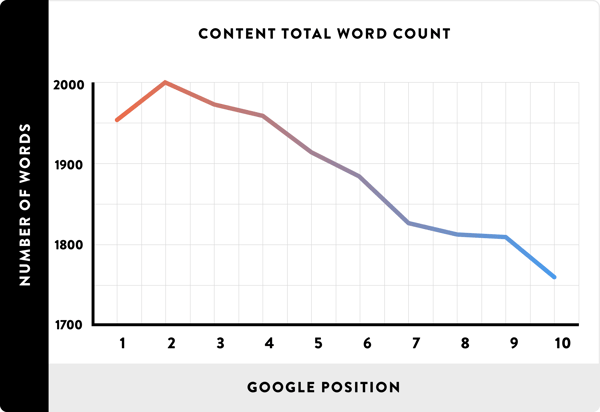
Inbound marketing has taken off in the last few years.
The term was coined by HubSpot in 2006 and focuses on the strategy of attracting targeted visitors to your website through creating and sharing valuable content, from where you convert them into subscribers, customers, and repeat customers.
While the basic principle of content marketing has not altered much since it first started to take off, new trends and techniques are constantly cropping up.
Recommended reading:

If your business uses content marketing, here are some of the most important recent trends that will affect how you go about generating traffic and customers.
The Rise of Pillar Content
There is a growing trend towards the creation of pillar content.
This has been around for a while, but it is really starting to take off now.
Pillar content refers to large guides that are usually un-gated and provide a huge amount of information on a large topic.
The content broadly covers everything on the topic, and you can then go into even more depth on related topics in other shorter guides.
These other guides then link back to the pillar content.
Think of a wheel with the pillar content in the center and the spokes all pointing out to the satellite content, which are often called cluster blogs.

When all these shorter pieces point back to the main page, what this says to the search engines is that the pillar guide is the authority.
Hopefully, this will be the guide that generates the most links.
This is all to do with changing search engines.
They recognize the searcher’s intent now, and content that answers a question rather than just matching the keywords is likely to rank higher.
Pillar content is easier to find for both search engines and readers, and it gives you an easier way to create a go-to resource.
Change the way you create content.
As well as focusing on longer content, create a strategy around your content.
Don’t create content as one single piece, but think of the wider picture.
Growth of Live Chat and Chatbots
There is also a growing trend towards live chat and chatbots.
Whereas up until now, the focus has been on encouraging visitors to contact you via a form or email, now people want instant answers—and you need to provide them with what they want.
Consumer behavior is changing. People don’t want to wait around and fill out forms.
They want answers now.
And with people becoming increasingly used to speaking to Google, Alexa, and Siri, and getting the answers they need, they will demand this more from brands.

This is particularly important with e-commerce.
When shoppers land on your site, they might have questions about your products.
Being able to answer their questions quickly can make the difference between making a sale or not.
Inbound marketing is about providing answers and solutions.
If people get stuck at a form, they may simply turn away.
Make it your aim to respond quickly to leads. Immediately is best, but at least within a few minutes.
Your content should provide solutions, but it won’t provide all the solutions.
So make yourself available with a live chat feature and consider using chatbots too.
These can answer common questions immediately rather than forcing your visitors to wait.
New Platforms Constantly Appearing
One of the things that is constantly changing in the world of inbound marketing is the platforms your customers use to access your content.
While your blog will often be your hub, social media is how you promote your content to a wider audience.
New platforms are emerging all the time.
Take Snapchat—many older internet users still don’t get it, but it is hugely popular with the younger generation.
If you target young people, you need to be tapping into it.
Smart content is another area.
This uses cookies to deliver content that is personalized for each user.
People expect more personalization now that they are using services like Spotify, and they increasingly want the same when they interact with smaller brands.

Smart content can make them feel more welcome and build a stronger relationship with your brand.
Live video is another technology that has boomed in recent years.
It might not be right for every business, but many are now adopting it in their inbound marketing due to its enormous reach and greater transparency.
The established marketing disciplines are still strong, but times are changing.
Rising stars like email platform Moosend and influencer marketplaces inzpire.me are catering to a new millennial breed of marketers and consumer who expect content to be fun, personalized, and edgy — and preferably automated too.
Get to grips with the latest marketing environments so that your brand doesn’t fall behind.
Increased Focus on In-Depth Content
There’s no doubt about it: Content is getting longer and longer.
For a quick idea of just what has been happening over the last few years, check out Neil Patel’s detailed guide on the topic.
Longer and more in-depth content is the new norm for content marketing, whether you are blogging on your own site or writing a guest post.
Gone are the days when writing a simple 500-word blog was enough.
Now, you need to go deeper, longer, and better.
Google ranks longer content higher.
According to this study that analyzed a million blog posts, the average word count for content on the first page of Google was 1,890 words.
There is, of course, a caveat: Longer for the sake of longer is not going to help.
Longer posts tend to rank higher because they are more detailed, provide more useful information, and are simply of a higher quality.
If you increase the word count for the sake of it, you might be disappointed.
If most of your posts are on the short side, you may not be generating the traffic you need to.
Start creating longer and more in-depth blog posts.
Also, go back and revisit your older posts and consider adding to them or combining them to create more detailed guides.
This detailed guide on Google's 200 possible ranking factors highlights the positive relationship between blog length and search engine rankings

Inbound marketing can be incredibly effective, but you need to adapt.
Don’t think you’ve found the right way to do it and then stick with that.
Keep on growing, keep up to date with the latest trends, and adapt your processes to consistently improve.
It’s the only way to generate more leads and customers.
About the author:
Kayleigh Alexandra is a content writer for Micro Startups — a site dedicated to spreading the word about startups and small businesses of all shapes and sizes.
Visit their blog for the latest inbound, outbound, direct, email, social media, and content marketing insights.
Follow them on Twitter @getmicrostarted.






